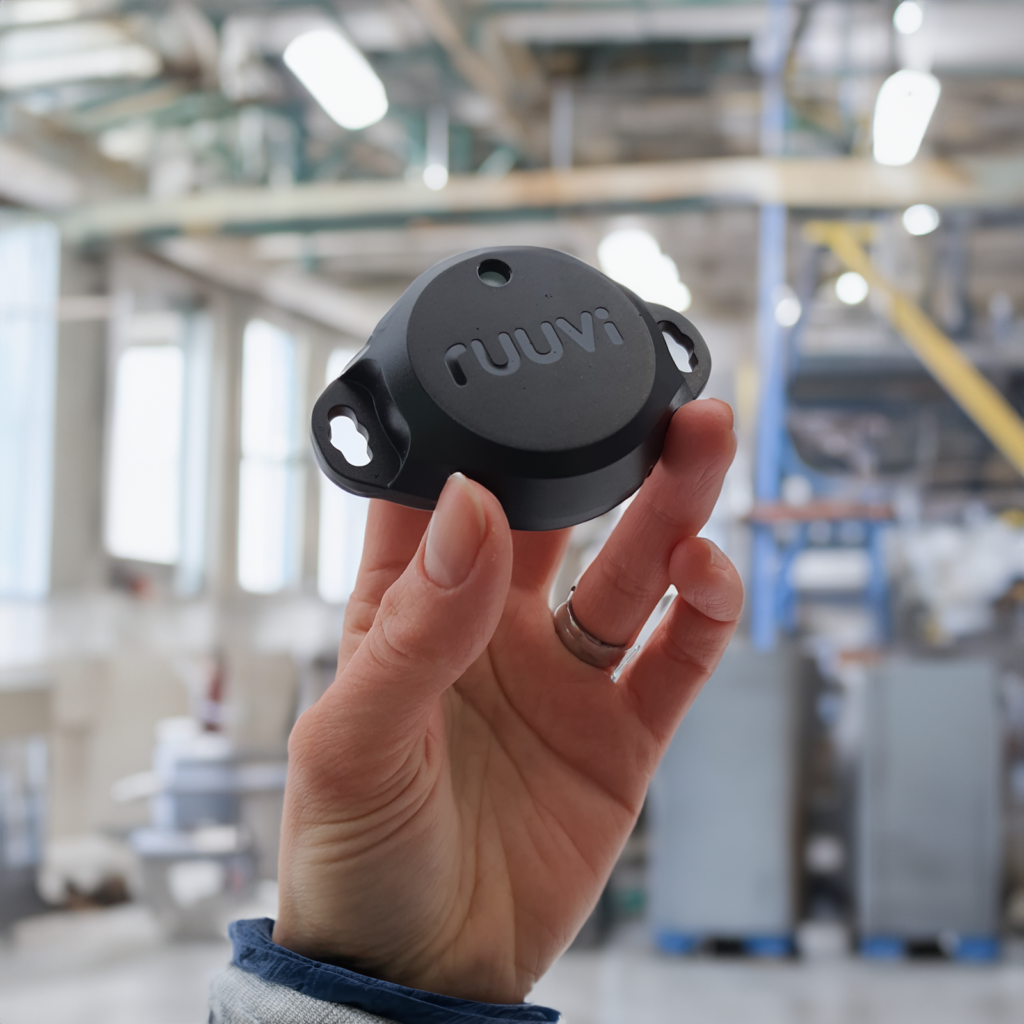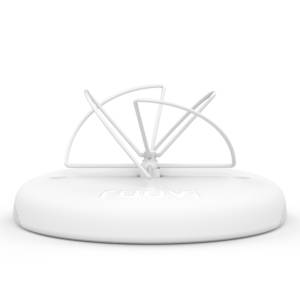For years, Ruuvi products, like RuuviTag sensors and Ruuvi Gateway router, have been used in education and research, enabling researchers to gather reliable data both in the field and in the lab. They’ve also empowered students to conduct studies that would otherwise be challenging to set up in a classroom setting.

RuuviTag sensors are reliable wireless environmental tools, perfect for use in educational and research settings. They allow students and researchers to collect real-time data on factors like temperature, humidity, and air pressure, facilitating hands-on experiments, data analysis, and the study of environmental patterns. The open-source nature of Ruuvi devices also encourages innovation and customisation in STEM education and research projects. Additionally, open-source access enables anyone to review the code, enhancing transparency and fostering greater trust.
In this article we will showcase just a few of the cases where Ruuvi has found its place in research and education.
Beekeeping in Arctic Natural Conditions
Beekeeping in Lapland’s Arctic climate is challenging due to the demanding conditions and short growing season. The Arctic Beekeeping project at Lapland University of Applied Sciences has developed new heating technology for hives and studied the impact of bee pollination on wild berries.
The new heating devices were tested in practice during the summers of 2021 and 2022 in Finnish Lapland about 15 km south of Rovaniemi. Bee flight activity was monitored using Eyesonhives cameras, which recorded bees entering and leaving the hive. Portable RuuviTag sensors were installed in the hives to monitor temperature and humidity in real-time. Hive weights were tracked using scales placed under the hives, and local environmental conditions were observed with additional data from a closeby weather station.
This data, along with hive weight measurements and local weather conditions, helped improve understanding of how to enhance honeybee living conditions and increase honey production in the region.
Link: Theseus
Ensure Concrete Drying and Prevent Moisture Damage in Construction
In building technology, one major cause of building moisture damage is construction moisture.
NCC together with Aalto University developed an IoT-based solution to monitor site conditions and concrete moisture in real-time, providing a cost-effective method to ensure proper concrete drying and prevent structural moisture damage.
As part of the KIRA-digi initiative, the project developed a RuuviTag-based monitoring system for construction sites, measuring temperature, humidity, and air pressure in both concrete and indoor air. The sensors, connected through a Wirepas mesh network, send data to the cloud via a 3G/4G modem, enabling real-time monitoring. This system then alerts site management when drying conditions are suboptimal, allowing adjustments to heating or ventilation.
The project demonstrated significant financial benefits, including shorter construction times, optimised energy use, and reduced need for traditional moisture measurements, while also improving site management’s understanding of concrete drying.
Link: Aalto University
Modernising laboratory temperature tracking and quality control
In the healthcare industry, ensuring the highest standards of quality in clinical laboratories is not just a priority but a necessity. One of the most significant challenges faced by clinical laboratories is maintaining accurate environmental conditions for sensitive samples. Clinical laboratories provide services to both public and private healthcare sectors. While accreditation is voluntary, all major clinical laboratories in Finland are accredited according to ISO 9001 standards.
In a thesis project at Turku University of Applied Sciences’ Master School, Vita Laboratory‘s manual temperature monitoring system was updated to better meet the needs of a modern, growing laboratory by implementing Ruuvi Innovations Oy’s Bluetooth-based system. The project aimed to improve quality and save staff resources by reducing time spent on daily manual logging tasks.
The development project successfully implemented a modern temperature monitoring system at Vita Laboratories, improving process reliability and meeting standards. The new system measures temperature every five minutes, triggering alerts if limits are exceeded, allowing for immediate response via notifications sent to mobile devices or on-site displays.
Link: Theseus
Environmental science class in elementary school
Practical experiments are a great way to introduce students to studying their environment and measuring changes with RuuviTag sensors can be a fun and interesting way to collect and analyse environmental data in a classroom setting.
In 2002 Topelius School in Turku introduced RuuviTag sensors as part of an environmental science and maths class for 5th and 6th grade students. This STE(A)M IT experiment focused on making practical experiments in a school area using RuuviTag sensors and a Ruuvi Gateway router. Students learned to measure temperature, interpret diagrams using Excel, and to consider factors affecting indoor and outdoor temperatures.
During the experiment one sensor was placed to measure the classroom temperature, one in the school hallway, and one in the school yard. Students were split into pairs, and the pairs’ names were listed in Excel. Each day, one pair recorded the temperature readings from the Ruuvi Station web application at the start and end of the school day and entered them into Excel. Additionally, the surface temperatures of the classroom radiator and window were measured with an infrared thermometer and recorded in Excel.
Students reported that it was interesting to see how much the classroom temperature increased during lessons. We also clearly noticed how much the school hallways cooled down when the entrance door was left open for long periods. Especially in the beginning, students were eager to track and record the readings.
Link: Topelius School
Conclusion
Ruuvi products have proven to be invaluable tools in education and research, enabling innovative projects and hands-on learning experiences. Whether monitoring environmental conditions in Arctic beehives, ensuring proper concrete drying on construction sites, or modernising laboratory practices, RuuviTag sensors have consistently demonstrated their versatility and reliability. These real-world applications highlight Ruuvi’s strong role in advancing education and research, fostering a deeper understanding of the environment and technology.






